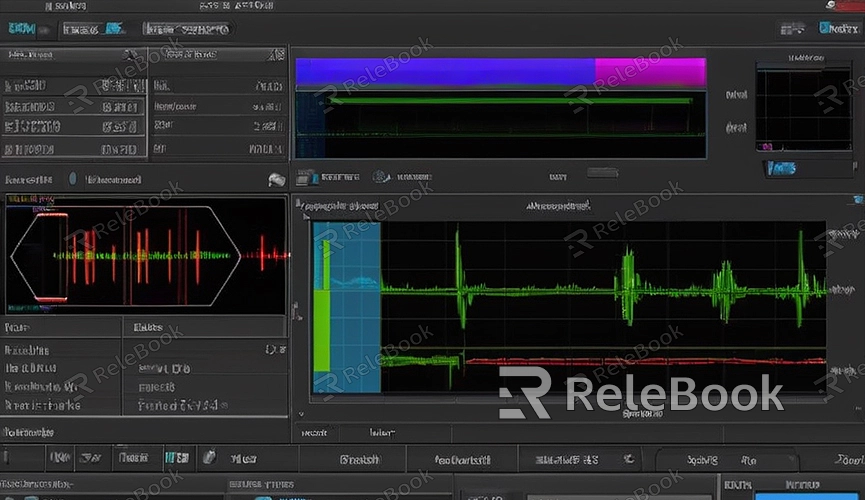How to Change to Cycles Render in Blender 2.8
Blender 2.8 is a powerful open-source 3D modeling and rendering software that includes two main rendering engines: Eevee and Cycles. Eevee is ideal for real-time rendering with fast speeds but lacks the realism in details and lighting simulation that Cycles offers. Cycles, on the other hand, is a physically-based path tracing renderer capable of producing high-quality images. This article will detail how to switch to Cycles render in Blender 2.8 and provide practical tips to enhance your rendering results.
Opening Blender 2.8 and Setting Up the Scene
Start by launching Blender 2.8 and import or create a 3D scene. You can use Blender's built-in model library or import your own models. Place some basic elements in the scene, such as cubes, spheres, or other geometric shapes, to observe changes in rendering effects.

Accessing Render Settings
Navigate to the top menu bar in Blender and locate the "Render" option. Clicking on it will open the Render Settings panel. Here, you'll find various options and parameters related to rendering.
Choosing the Rendering Engine
In the Render Settings panel, the first option is to select the rendering engine. By default, Blender 2.8 may be set to Eevee. Simply click on this option and choose "Cycles" from the drop-down menu to switch to the Cycles render engine.
Adjusting Render Settings
Once switched to Cycles, you can further adjust render settings to optimize your rendering results.
Sampling Settings
Sampling is crucial for rendering quality. In the Cycles renderer, adjust the sampling values for both "Render" and "Viewport" under the "Sampling" option. Higher sampling values yield finer details in the rendered image but increase rendering time. It's recommended to set sampling values between 100 to 500 based on your needs and hardware performance.
Lighting Setup
Lighting plays a vital role in rendering quality. Cycles renderer can simulate realistic lighting effects, enhancing the realism of your rendered images. Add various light sources such as point lights, sun lamps, and spotlights to your scene. Adjust their position, intensity, and color to achieve desired light and shadow effects.
Using High-Quality Materials and Textures
Adding Materials
In Blender, realistic 3D models require appropriate materials. In the Properties panel, locate the "Materials" option and click on "New" to create a new material. Then, adjust various material properties such as color, roughness, and reflectivity.
Applying Textures
High-quality textures significantly improve rendering results. In the material settings, add textures to your model, including color maps, bump maps, and reflection maps. Utilize the Node Editor for precise control over how textures are applied.
If you require access to high-quality 3D textures, HDRI, or 3D model downloads for your modeling and virtual scene needs, consider downloading them from Relebook. After downloading, you can directly import textures and 3D models into Blender.
Rendering and Exporting
Once all settings are configured, you're ready to render. From the top menu in Blender, select "Render" and click "Render Image." Rendering may take some time depending on the scene complexity and render settings.
Saving Rendered Results
After rendering completes, save the image to your local disk. Click on the "Image" menu, choose "Save As," and specify the saving path and file format. Common file formats include JPEG, PNG, and TIFF.
Tips for Enhancing Rendering Results
Utilizing Denoising
High sampling values reduce image noise but increase rendering time. To achieve high-quality images at lower sampling values, utilize denoising features. In the Render Settings, find the "Denoising" option and enable it. Blender's built-in denoiser effectively reduces noise, resulting in clearer images.
Optimizing Resolution
Render resolution directly affects image clarity and file size. Adjust render resolution in the Render Settings panel. For final output images or animations, use higher resolutions (such as 1920x1080 or higher) to ensure image clarity. During test renders, lower resolutions can save time.
Optimizing Model Topology
Model topology directly impacts rendering quality and efficiency. Optimize your model's topology to reduce polygon count while maintaining detail and smoothness. In Blender, use the "Subdivision Surface" modifier to enhance model detail with lower polygon counts.
By following these steps and tips, you can effectively switch to Cycles render in Blender 2.8 and enhance your rendering results. I hope this article helps you achieve better outcomes in your 3D creative projects. Happy creating!
If you need high-quality 3D textures, HDRI, or 3D model downloads for your modeling and virtual scene needs, consider downloading them from Relebook.

